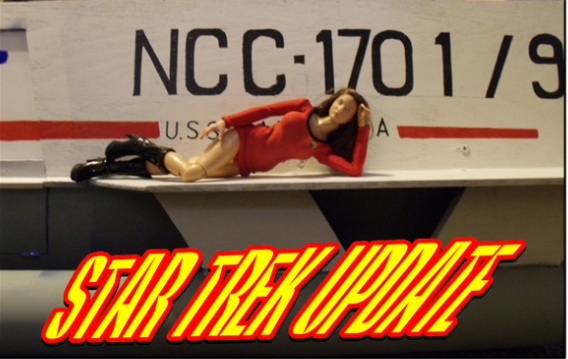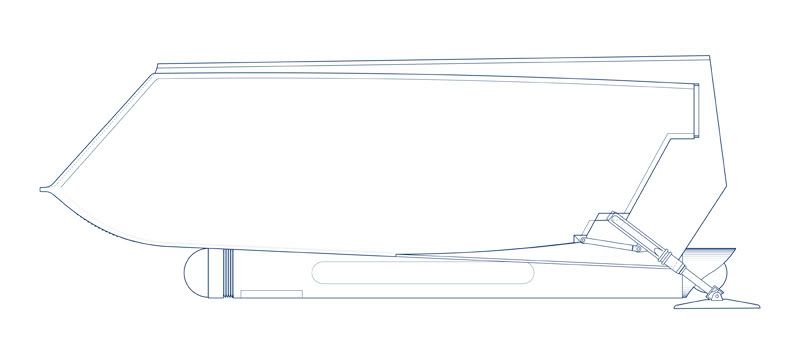I'm just giving the heads up here since I've already begun a similar thread elsewhere.
After waiting years and years for some company to finally offer a decently scaled and decently accurate model kit of the TOS shuttlecraft I've finally gotten tired of waiting. And so I'm going ahead with plans to build one myself based on my drawings of the Class F shuttlecraft (featured elsewhere in this Arts forum).
I'm doing only the exterior albeit with lighted impulse engines, and to facility building I'll be making it in 1/16 scale which will come out a bit less that 20" in length, a bit more than 12" wide and just under 7" in height. The finished model will be in "flying" mode with the forward landing pads retracted and fitted onto a nice display stand perhaps resembling part of a planet or planetary surface. I'd also like to add a touch of weathering to the finished model to suggest regular usage and repeated atmospheric reentry.
I've also decided to depict the model as the Copernicus, NCC-1701/3.
I've never done anything quite like this before so any helpful suggestions will be welcome.
After waiting years and years for some company to finally offer a decently scaled and decently accurate model kit of the TOS shuttlecraft I've finally gotten tired of waiting. And so I'm going ahead with plans to build one myself based on my drawings of the Class F shuttlecraft (featured elsewhere in this Arts forum).
I'm doing only the exterior albeit with lighted impulse engines, and to facility building I'll be making it in 1/16 scale which will come out a bit less that 20" in length, a bit more than 12" wide and just under 7" in height. The finished model will be in "flying" mode with the forward landing pads retracted and fitted onto a nice display stand perhaps resembling part of a planet or planetary surface. I'd also like to add a touch of weathering to the finished model to suggest regular usage and repeated atmospheric reentry.
I've also decided to depict the model as the Copernicus, NCC-1701/3.
I've never done anything quite like this before so any helpful suggestions will be welcome.


